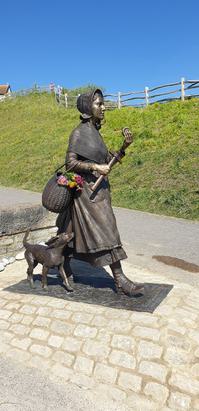Women in Science: Mary Anning
Resources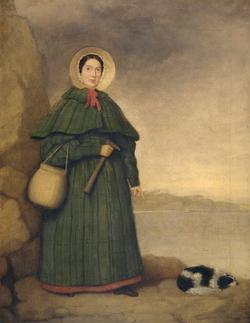
Mary Anning
English palaeontologist, 1799-1847,
Lyme Regis, Dorest
Mary Anning made many important fossil discoveries.
In fact, her discoveries were some of the most significant geological finds of all time. Her discoveries influenced how we understand prehistoric life and extinction.
For Mary, fossils were a source of income for her and her family, little did she know that she’d go on to be remembered as one of the greatest fossil hunters to ever live.
Coprolites (Dinosaur Poo)
Mary Anning pioneered the study of coprolites. Coprolites are fossilised poo from animals that lived millions of years ago. Coprolites are trace fossils, meaning they are not fossils of the animal’s body. They can contain clues about an animal's diet. If there are bone fragments, that animal was a carnivore, meaning they only ate meat. On the other hand, if seeds or leaf remains are found in a coprolite it suggests that the animal it came from was a herbivore, a plant-eater!
Ichthyosaur
Mary Anning’s most significant discoveries included the first complete plesiosaur skeleton and the Ichthyosaurus or ‘fish lizard’, a marine reptile that lived between 250 and 90 million years ago. Anning also unearthed a partial skeleton of a pterosaur, the first pterosaur skeleton found outside Germany.
The ‘Ichthyosaur’ was discovered by Mary when she was only twelve. The fossil was so well-preserved, that fish bones and scales from its last meal can still be seen inside its ribcage! Mary’s Ichthyosaur was on of the first Ichthyosaurs ever discovered in the UK with preserved stomach contents.
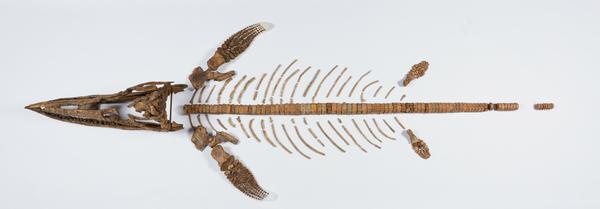
Image gallery
You can see an Ichthyosaur right here in the Thinktank!
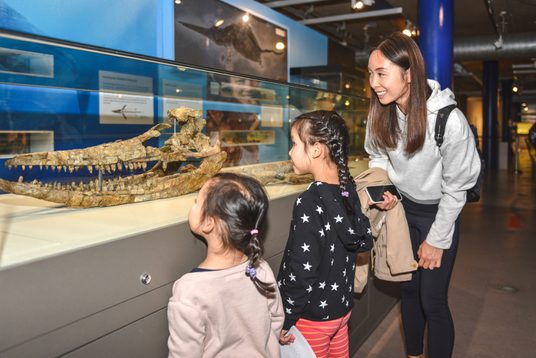
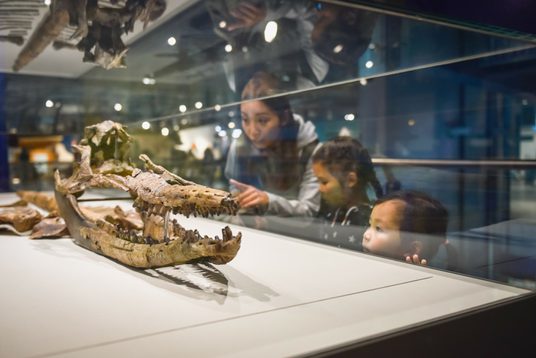
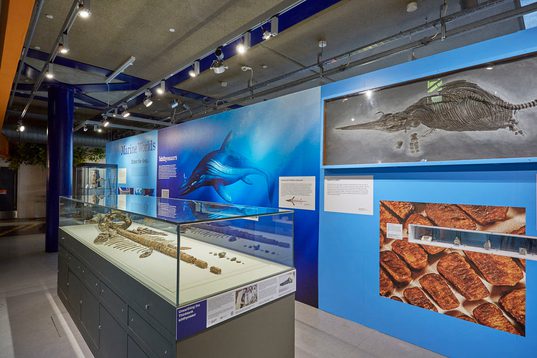
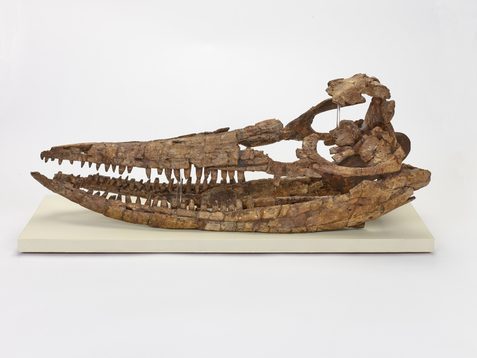
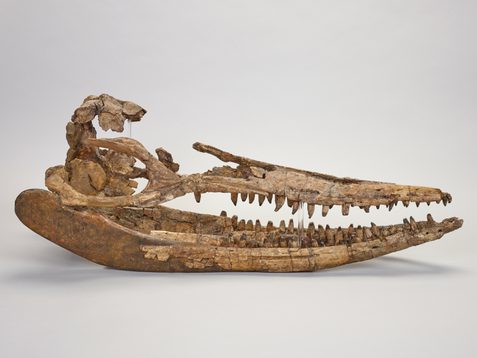
Education
Mary Anning had very little formal education. Her father, Richard, taught her how to look for and clean the fossils they found on the beach.
Mary mainly taught herself to read and write. She also taught herself geology and anatomy.
The male scientists, who frequently bought the fossils Mary would uncover, clean, prepare and identify, often did not credit her discoveries in their scientific papers on the finds, even when writing about her groundbreaking Ichthyosaur find.
Even the Geological Society of London refused to admit her - in fact, they didn't admit women until 1904.
Statue
In 2022, following a four year campaign started by an 11 year old Evie Swire, a statue of Mary Anning was unveiled on the seafront of Lyme Regis.
